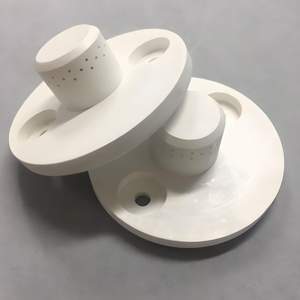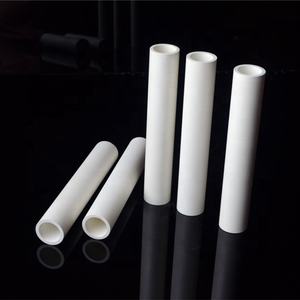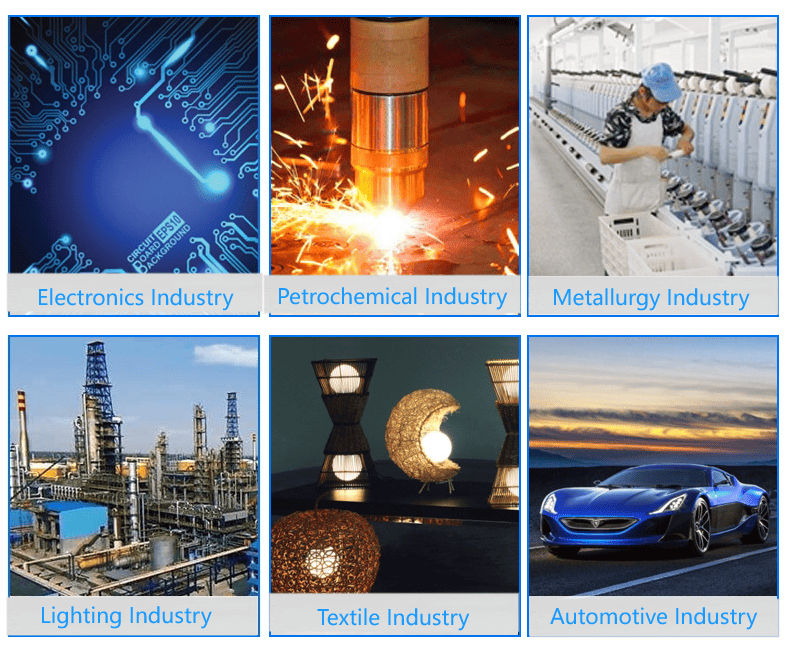Discover Premium Ceramic Products | Durability & Elegance United | Advanced Ceramics
PRODUCT PARAMETERS
Description
Introduction to Alumina Ceramics
Alumina ceramics are known for their high hardness, wear resistance, corrosion resistance, good electrical insulation and high temperature stability. According to the different alumina content, it can be divided into different grades, such as 95 porcelain, 99 porcelain, etc., among which 99 porcelain refers to ceramic materials with an alumina content of 99%. As the alumina content increases, its mechanical strength and electrical insulation properties will also increase accordingly.
Characteristics of Alumina Ceramics
High Hardness: Alumina ceramics have extremely high hardness, which makes it very wear-resistant and suitable for manufacturing abrasive tools and parts that require wear resistance.
Wear resistance: Due to its high hardness, alumina ceramics show excellent wear resistance and are suitable for manufacturing parts for long-term use.
Corrosion resistance: Alumina ceramics have good resistance to most acids and alkalis, making them widely used in the chemical industry.
Good electrical insulation: As an excellent electrical insulating material, alumina ceramics are widely used in electronic and electrical products.
High temperature stability: Ability to withstand extremely high temperatures without significant physical or chemical changes, which makes it an ideal choice for applications in high temperature environments.
Biocompatibility: In the medical field, certain grades of alumina ceramics are used to make medical devices such as artificial joints due to their good biocompatibility.
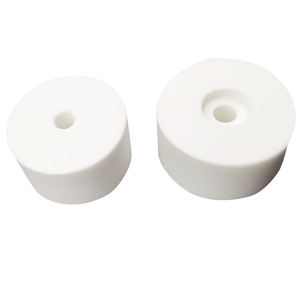
(High Temperature Chemical Industrial 92 95 Al2o3 High Alumina Ceramic Plate)
Specifications of High Temperature Chemical Industrial 92 95 Al2o3 High Alumina Ceramic Plate
This item is a high-performance ceramic plate designed for commercial use in high-temperature and chemical environments. It includes 92-95% light weight aluminum oxide (Al2O3), making sure strong thermal stability and resistance to extreme conditions. The material stands up to temperatures as much as 1650 ° C without shedding structural honesty, making it suitable for heating system linings, kiln parts, and warm treatment equipment.
Home plate uses outstanding mechanical strength. Its solidity reaches 85 HRA, and flexural toughness goes beyond 250 MPa, preventing fractures under heavy tons. The thick framework lessens porosity, enhancing sturdiness and reducing wear in rough setups. It resists deterioration from acids, antacid, and molten steels, guaranteeing long-lasting reliability in chemical processing or steel smelting.
Thermal shock resistance is a vital attribute. Home plate handles fast temperature level changes without damages, crucial for applications like sudden heating or cooling down cycles. Dimensions are customizable, with typical densities from 3 mm to 50 mm and sizes up to 500 mm x 500 mm. Surface coatings include polished, ground, or as-fired options to satisfy certain requirements.
Electrical insulation homes make it suitable for digital elements revealed to high warm. The low thermal growth coefficient maintains form stability throughout temperature level changes. Installment is uncomplicated because of accurate machining tolerances, guaranteeing compatibility with industrial equipment.
Applications span multiple markets. It is used in chemical activators, power generation systems, and high-temperature purification. The material’s pureness and lack of additives avoid contamination in delicate procedures like semiconductor manufacturing. Custom-made shapes and holes can be added for specific equipment setups.
Upkeep requirements are very little. The plate stands up to buildup of slag or deposits, decreasing downtime for cleaning. Compatibility with welding and bonding methods enables simple assimilation right into existing systems. Packaging options consist of safety coatings to stop damages throughout shipping.
Efficiency is examined under sector standards, with certifications offered upon request. Technical assistance helps with product choice and style optimization. Examples can be attended to screening before bulk orders.
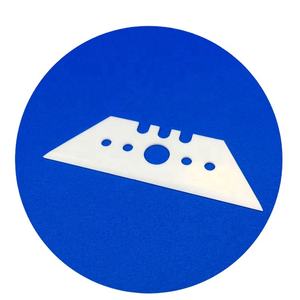
(High Temperature Chemical Industrial 92 95 Al2o3 High Alumina Ceramic Plate)
Applications of High Temperature Chemical Industrial 92 95 Al2o3 High Alumina Ceramic Plate
Heat Chemical Industrial 92-95 Al2O3 High Alumina Porcelain Plate serves critical functions in demanding environments. It withstands extreme warmth, chemical deterioration, and mechanical stress and anxiety. This makes it suitable for markets needing resilient products.
The plates operate in high-temperature heating system linings. They handle temperatures over 1600 ° C without weakening. This security makes certain lengthy service life in metal handling, glass production, and ceramic kilns. They decrease downtime caused by constant component replacements.
Chemical plants use these plates in activators and piping systems. The material withstands acids, antacid, and solvents. This prevents leaks or contamination in aggressive chemical atmospheres. It makes sure secure procedures in pharmaceutical production or petrochemical refining.
Mining and mineral handling benefit from home plates’ wear resistance. They line devices like chutes, receptacles, and crushers. Abrasive materials like ores or coal cause very little damage. This decreases maintenance costs and prolongs equipment life-span.
Power generation applications consist of thermal insulation components. Home plates shield boilers, generators, and exhaust systems. They maintain effectiveness in coal-fired plants or waste burners. Heat loss lowers, improving energy outcome.
Electronic devices making utilizes home plates for electrical insulation. They protect against short circuits in high-voltage devices. Their reduced thermal expansion maintains elements steady throughout quick temperature level modifications. This integrity supports semiconductors and motherboard manufacturing.
The auto sector applies the plates in sensing units and engine parts. They sustain high exhaust temperature levels and vibrations. This enhances discharge control systems and engine performance. Durability meets rigorous vehicle standards.
Food processing tools incorporates these plates for hygiene and warm resistance. They prevent contamination in high-temperature sanitation processes. This makes certain safety and security in milk, beverage, or tinned food manufacturing.
These alumina ceramic plates adjust to diverse industrial requirements. Their mix of warmth resistance, chemical security, and mechanical strength makes them important for modern-day manufacturing. Industries depend on them to enhance performance, safety and security, and cost-effectiveness.
Company Introduction
Advanced Ceramics founded on October 17, 2014, is a high-tech enterprise committed to the research and development, production, processing, sales and technical services of ceramic relative materials and products.. Since its establishment in 2014, the company has been committed to providing customers with the best products and services, and has become a leader in the industry through continuous technological innovation and strict quality management.
Our products includes but not limited to Silicon carbide ceramic products, Boron Carbide Ceramic Products, Boron Nitride Ceramic Products, Silicon Carbide Ceramic Products, Silicon Nitride Ceramic Products, Zirconium Dioxide Ceramic Products, Quartz Products, etc. Please feel free to contact us.(nanotrun@yahoo.com)
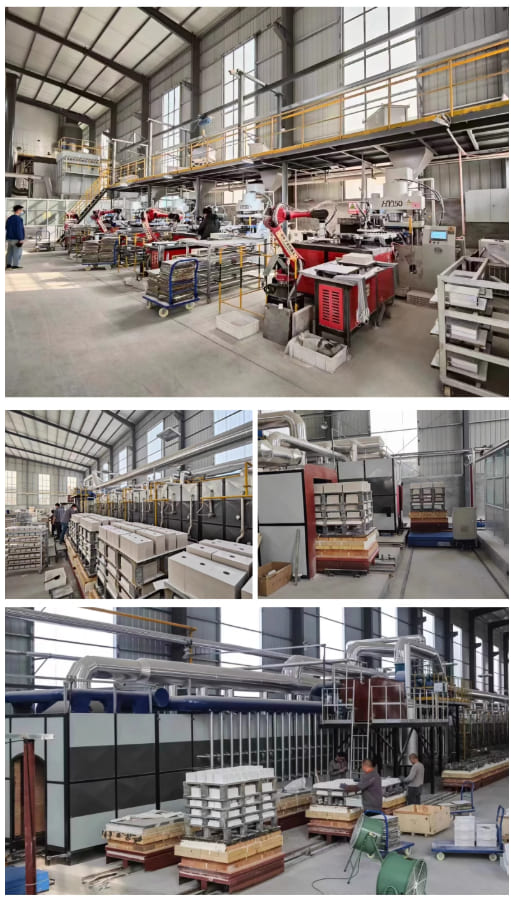
Payment Methods
T/T, Western Union, Paypal, Credit Card etc.
Shipment Methods
By air, by sea, by express, as customers request.
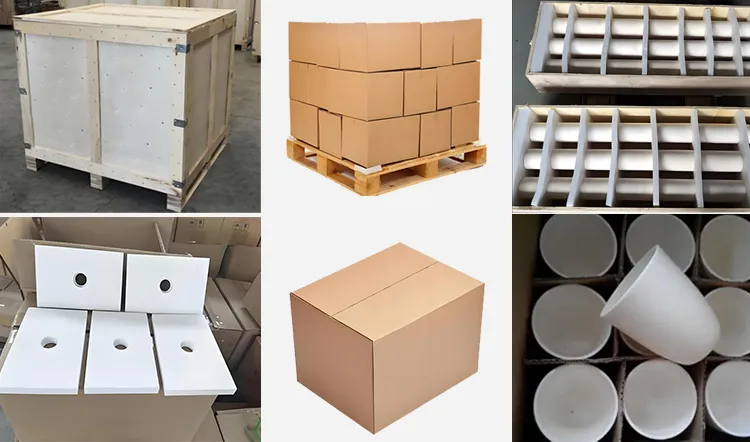
5 FAQs of High Temperature Chemical Industrial 92 95 Al2o3 High Alumina Ceramic Plate
What is the maximum temperature the ceramic plate can handle? The plate works well in temperatures from 1600°C to 1800°C. The high amount of alumina keeps it stable under extreme heat. The exact temperature limit depends on factors like thickness and exposure time. It fits applications like furnaces or reactors needing heat resistance.
How does the plate resist chemicals? The alumina material does not react with most chemicals. It handles acids, alkalis, and solvents without corroding. This makes it suitable for chemical plants or labs with harsh substances. It stays strong even with long-term exposure to chemicals.
Where is this ceramic plate used? Industries like metallurgy, chemicals, and power generation use it. Common uses include kiln linings, wear-resistant parts, and insulation. It works in machinery parts needing heat and wear resistance. Its durability suits high-stress industrial environments.
How is the plate installed and maintained? Install it using high-temperature adhesives or mechanical fasteners. Check regularly for cracks or wear. Clean with non-abrasive tools to avoid surface damage. Maintenance is minimal because the material lasts long and resists damage.
How is this plate different from other ceramics? It has more alumina (92-95%) than regular ceramics. Higher alumina improves heat resistance, strength, and durability. It performs better than lower-grade ceramics in extreme conditions. It lasts longer under heavy use or harsh environments.
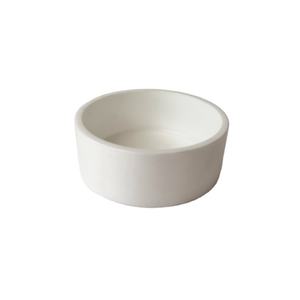
(High Temperature Chemical Industrial 92 95 Al2o3 High Alumina Ceramic Plate)
REQUEST A QUOTE
RELATED PRODUCTS
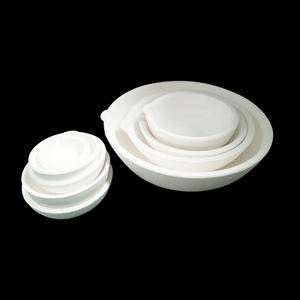
High Temperature Insulating Ceramic Tube Alumina Zirconia Ceramic

Industrial Alumina Ceramic Part Custom Made 95% 99% Alumina Ceramic Products

96 Alumina Ceramic Substrate

Polished High Purity 99% Alumina Ceramic Stirring Rods

Wear Resistant Alumina Ceramic Hexagonal Tile 12mm
